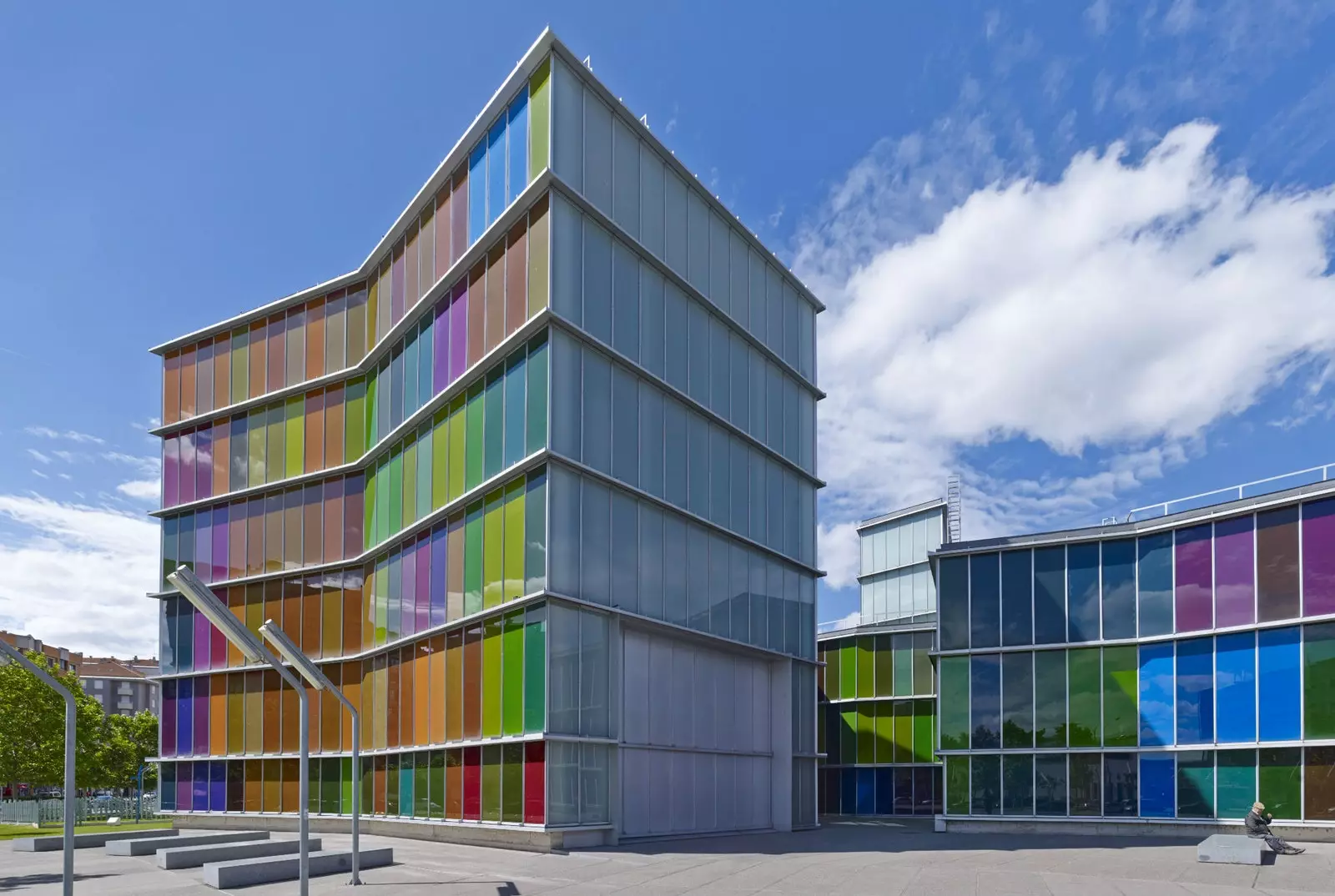
The architects Tu n + Mansilla designed the headquarters of the MUSAC, winner of the EU Mies van der Rohe Prize for Contemporary Architecture in 2007.
15 years ago we welcomed a new cathedral in León, **the cathedral of contemporary art, as MUSAC was then nicknamed. ** The media were not far off the mark, if we bear in mind that the architects Tuñón + Mansilla, in charge of designing the headquarters of the Museum of Contemporary Art of Castilla y León, generated the 37-color glass mosaic of its main façade from the digitization of an image of the stained glass window El Halconero of the Cathedral of León.
A 15th anniversary that the museum – for which almost a million and a half visitors have passed since its opening on April 5, 2005 – wants to celebrate in style, for which it has prepared a attractive exhibition calendar articulated under two fundamental identity premises: the work carried out since 2003 to build public heritage through the MUSAC Collection and its connection with the Castilian and Leonese context.
THE COLLECTION
"It is the first time that the complete collection is presented on the entire surface of the museum, in fact in 2019 we did not exhibit it to preserve the impact. We have been preparing for this anniversary for more than two years, actions that will lead to on January 25 with the inauguration of Five itineraries with a point of view, Manuel Olveira, director of MUSAC, tells us about this exhibition articulated in the form of itineraries: "themes that structure a certain route that has to do with the collection and programming, but also with the work carried out during the last six years" (those he has led the museum).
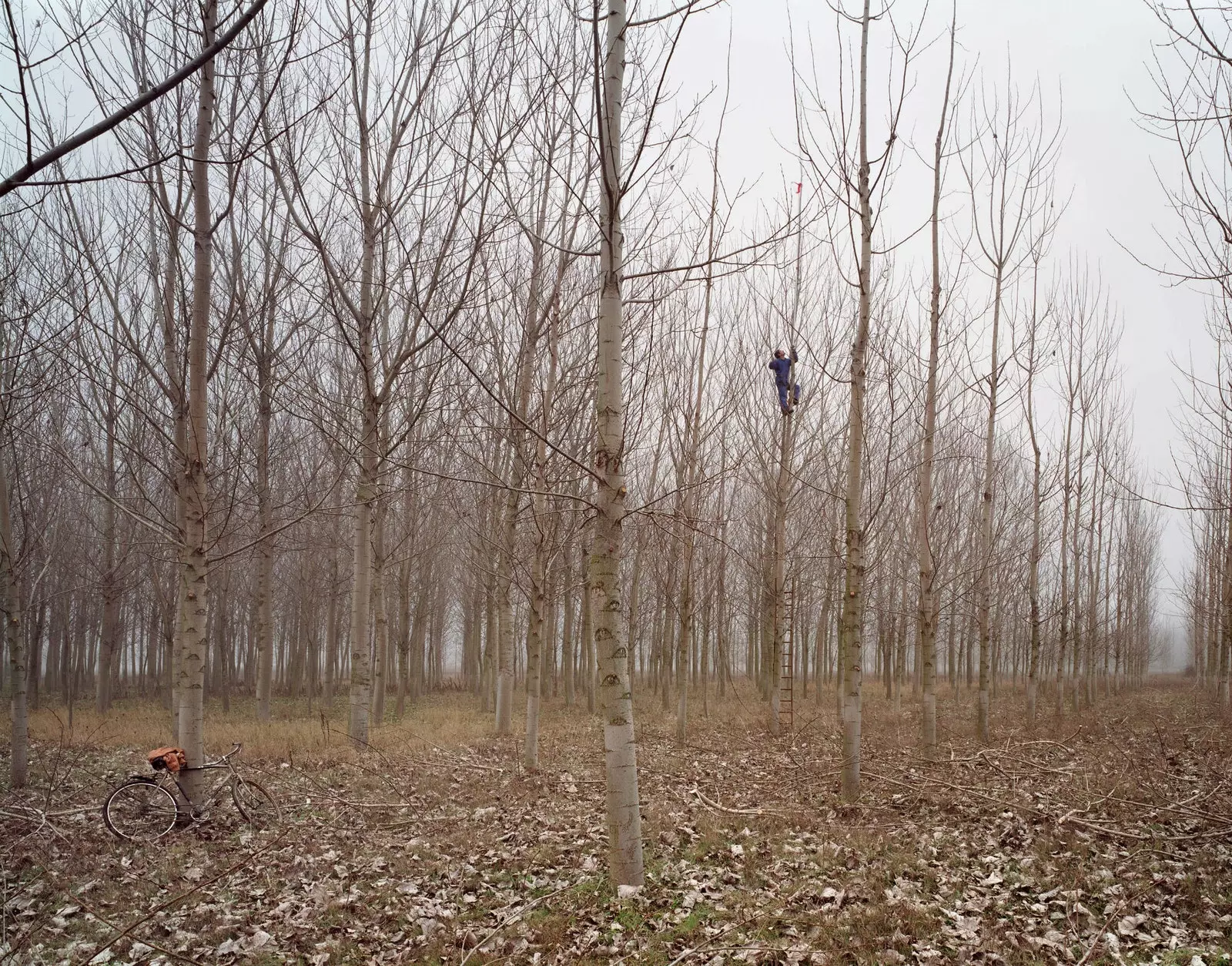
Gerard Custance. Turkey. From the Órbigo series, 2007, MUSAC Collection.
Five thematic lines –which will represent a balance of the work carried out by this public institution during these 15 years– will make up this exhibition that will collect (until June) a hundred works by more than 80 international, national and local artists in which "we have paid more attention to the themes than to the names of the artists", as Olveira explains, and that the director of the MUSAC recognizes that among the more than 1,600 works that make up the museum's collection "there are names that have left an undeniable mark on contemporary art worldwide".
Room 4 will be dedicated to Decolonial Theories and Practices: "Elements of contemporary discourse that seek Critically rethinking the European colonial heritage and its corollary effects (Issues such as north-south, borders, migration...) . We are not only talking about the colonial question in historical terms, but also about its current consequences", comments Manuel Olveira.
It makes a lot of sense that Room 3 of the museum hosts works that explore the idea of Performing the genre. Corporalities and feminisms, since as the director of MUSAC reminds us: "We are the most equal collection in the Spanish state, with 32%. It's not 50, but we have the highest percentage."
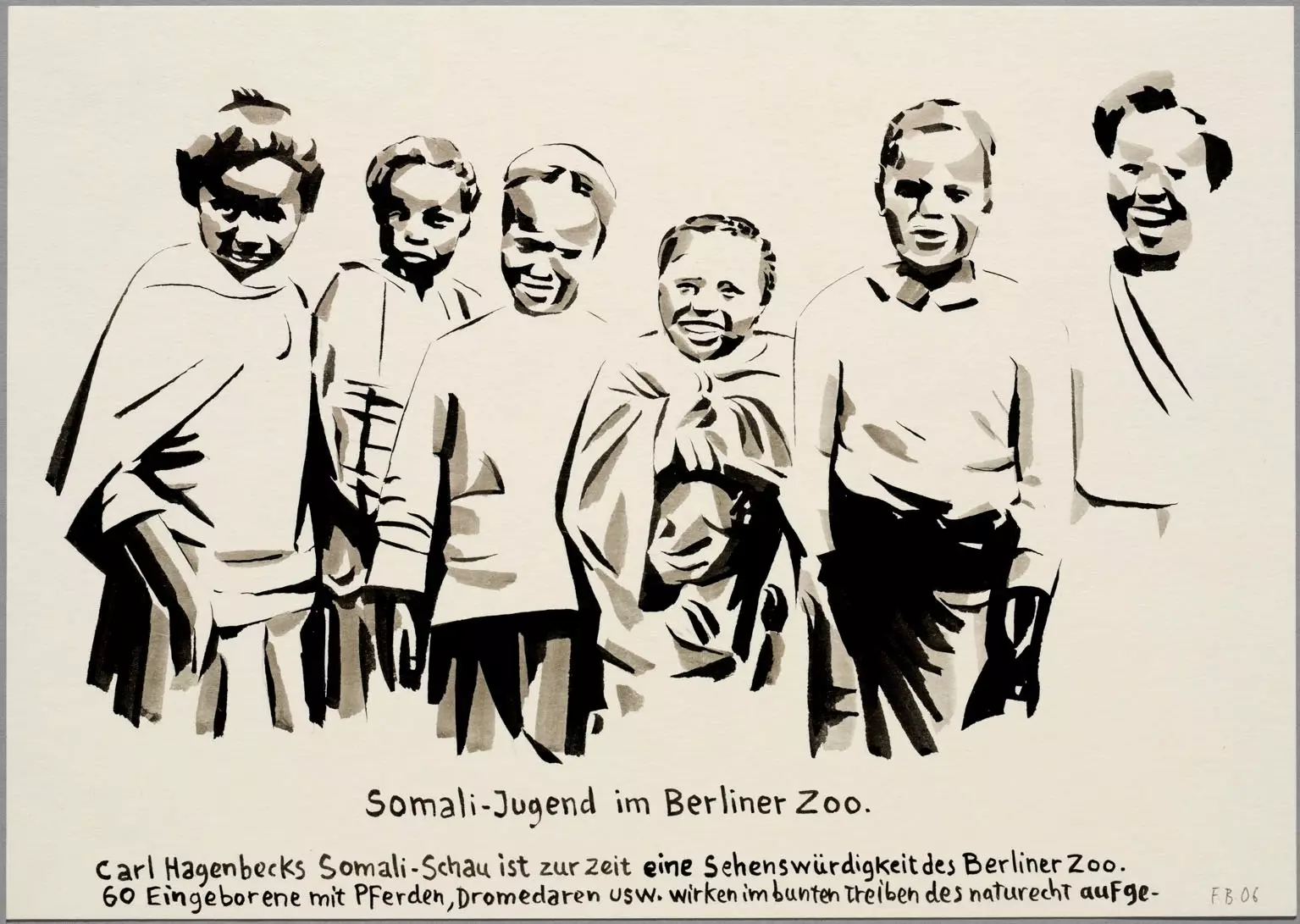
Ferdinand Bryce. Kolonial post, 2006 (detail), MUSAC Collection.
Room 2 will present works related to Relational Dynamics. Context and situated action ("projects that have had or sought resonance and dialogue with the context in its different manifestations"); Laboratory 987, textual work and archives and the Project Showcases, special publications of the 80s that will bear the title Neither order nor neatness. Books and magazines from the eighties.
"We opened the Documentation Center in 2016 and we are the third museum that has this type of structure, along with the Reina Sofía and the Macba. No one else has it, it's something very identitarian and very powerful," This is how Manuel Olveira explains the relevance of MUSAC in terms of archives, books and other material that is difficult to catalog.
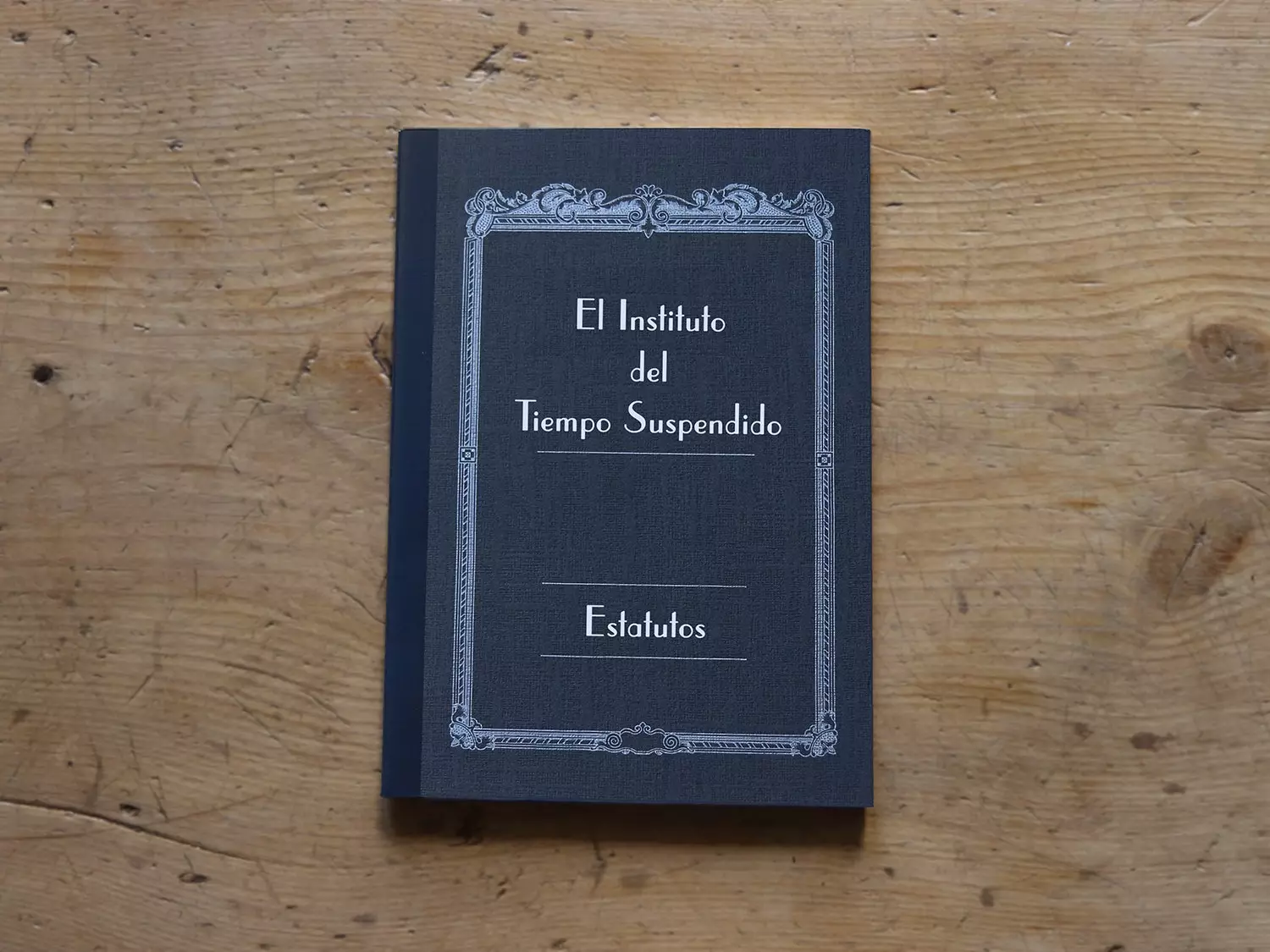
Raquel Fiera and Javier Bassas, The Suspended Time Institute, 2019.
OTHER ACTIVITIES
Manuel reveals to us that it will be April 1 when they will start with a "battery of activities a little more celebration" that will last until the end of the month: ** concerts, cinema, live arts (a hybrid between music, performing arts and performances) ** and workshops for children. And the summer programming (which usually has a more nocturnal tint) will also be "somewhat special".
Starting in June, the collection will travel throughout the community of Castilla y León, "because the MUSAC has regional responsibility. It is something we already do, but this year it will be more powerful and visible," the director points out.
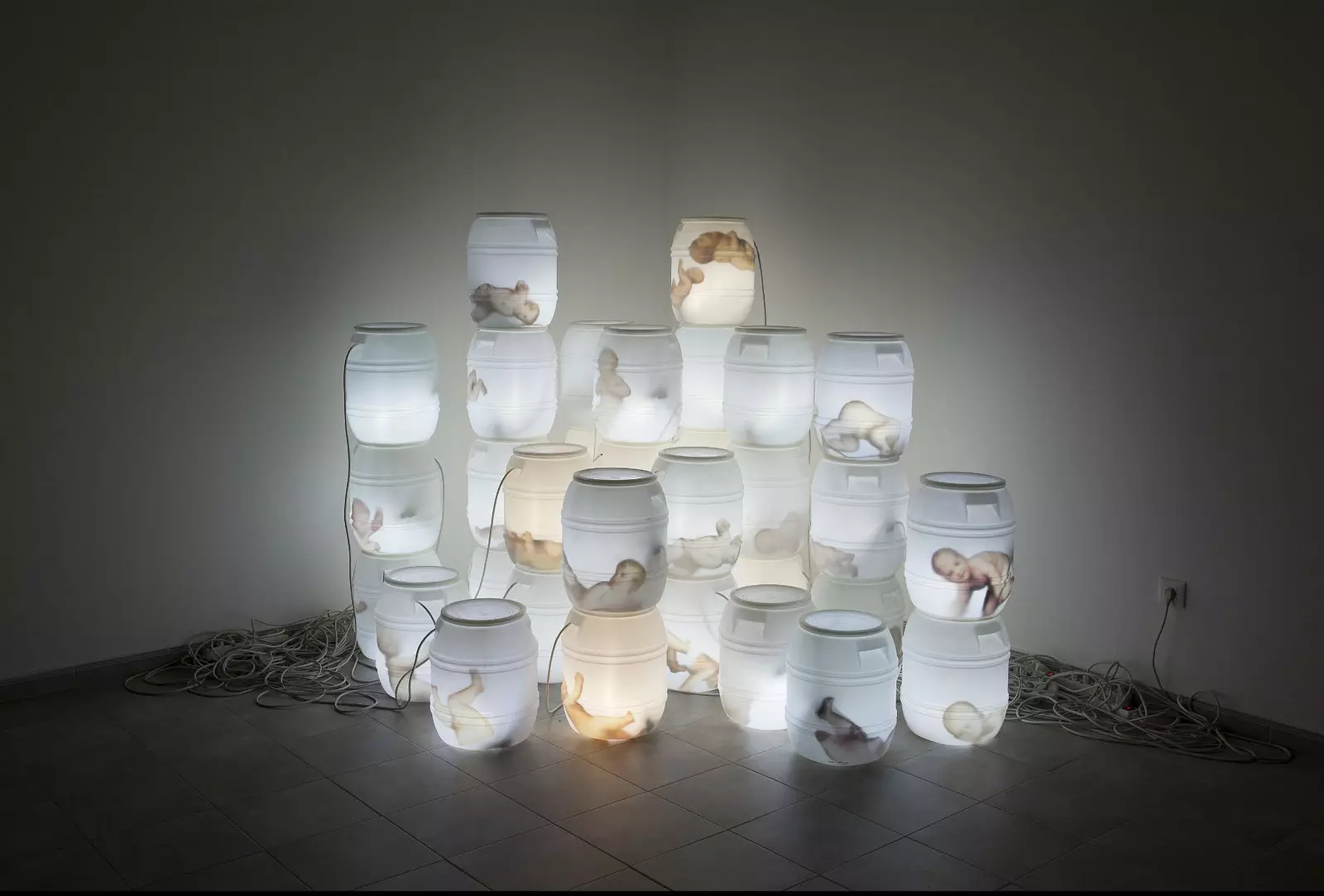
Dove Navares. Light of the past, 1994.
It will be in the second half of 2020 when the Museum of Contemporary Art of Castilla y León will dedicate itself to make their work visible as a tool to learn about and intervene in the immediate context of which it is a part thanks to "projects by Castilian and Leonese artists and relevant initiatives for the art and culture of this community".
In June will come the Temporary exhibitions: The flight. 1978-2018, by Paloma Navares (from June 20 to September 27), Art Traffic. Gallery, city and periphery (from June 20 to January 10, 2021) and Núñez y Núñez, by Ramón Núñez Álvarez and Javier Núñez Álvarez (from June 20 to September 27).
And October, Everything is another, by Ana Prada (from October 3 to February 28, 2021), José-Miguel Ullán (from October 3 to February 28), and Premature Architectures, by Isidoro Valcárcel Medina (from October 3 to January 10, 2021) .
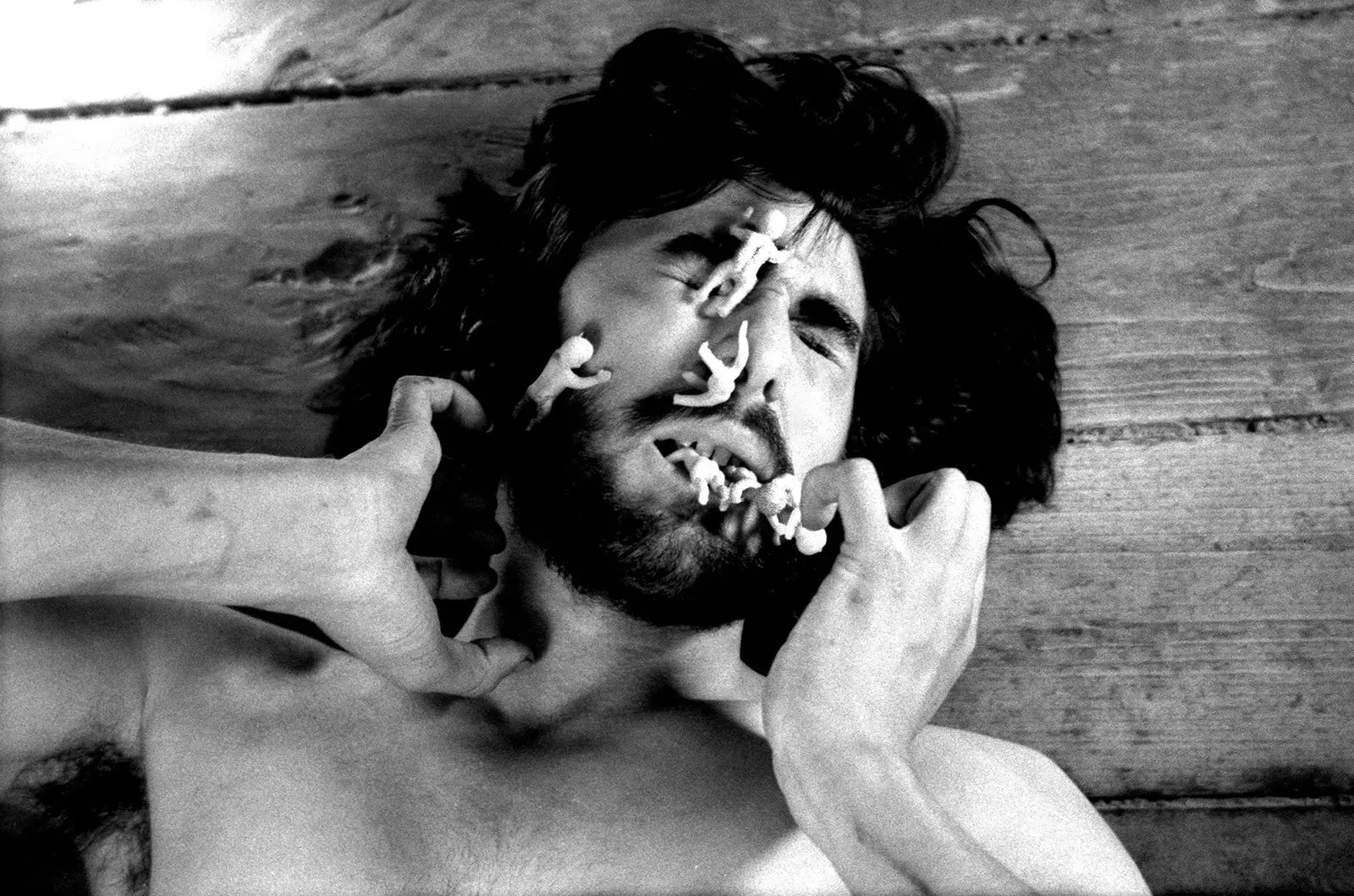
Nuñez and Nuñez, Surrealism 1974-1977.
